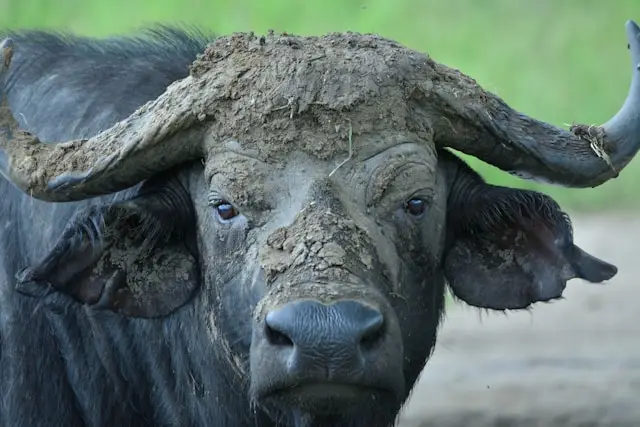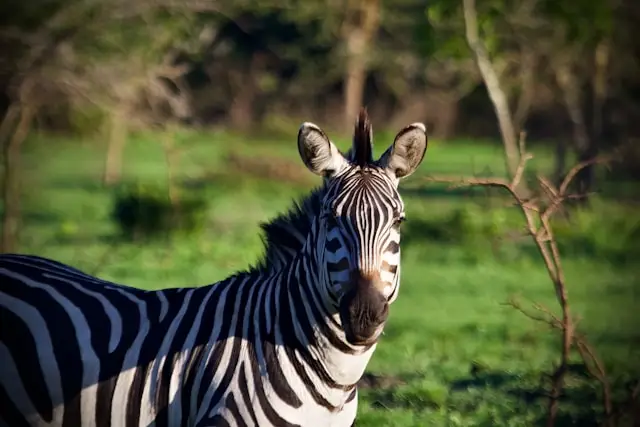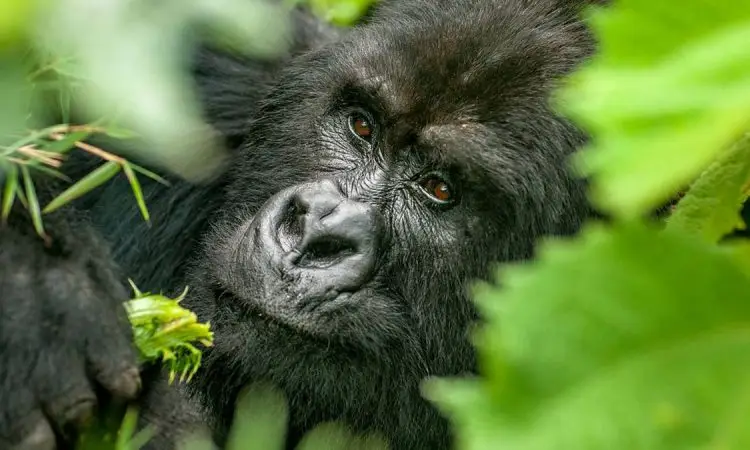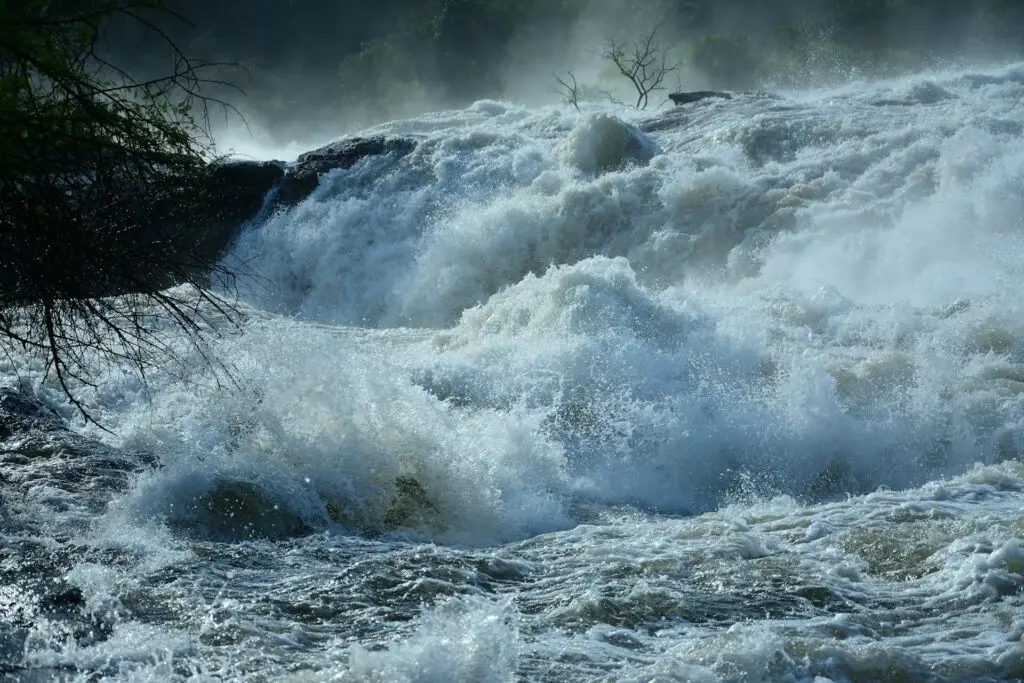Queen Elizabeth National Park is located on the Rift Valley floor between Lake Edward and Lake George. It occupies an area of 1978 sq km on which over 95 mammals, more than 612 migrant and local birds live, and the various vegetation zones are found. Indeed, it is a diverse feature that leads to its creation, as Douglas Willock described it in 1952. UNESCO supplemented its pride by referring to it as a biosphere reserve because of its unique and incredible content. Scenically, the area has almost everything one would like to see in a short African wildlife and Primate Safari.
The Rwenzori ranges, which provide a breathtaking background to its undulating hills, are the major terrain of this park. The Rwenzori ranges, which are 60 miles long and 40 miles wide, rise out of the plains that appear to be on the verge of touching the skies. The hills guard the Congo; they are blue from a distance, but up close they are steep, green, and forested, and they perfectly capture the essence of true Africa. The serene green escarpment of the western rift valley marked the eastern edge of this potential park. And in between every hill. The limitless savannah is made up of mountains and lakes, and the candelabra euphorbia tree’s branched cactus arms are a recurring motif.
Altitude
The low altitude and its location directly on the equator mean that temperatures can be warm rising from a mean minimum of 18 degrees centigrade to a mean maximum temperature of 28 degrees centigrade. The park receives up to 1250mm of rain especially during March, May and September to November.
Accessibility
This park can be accessed via the Kampala- Mubende -Fort Portal – Kasese road, or you may pass Kampala-Masaka-Mbarara-Kasese road. On the other hand, these routes can be combined to make a complete and attractive circuit. Via this park, you may access Bwindi National Park, which is home to the remaining mountain gorillas. There is a provision for a charter flight that can be arranged from Entebbe or Kajansi to Kasese airstrip.
Fauna and flora
In this park, there is an impressive rage of habitats where animals spend their time. There are 57 vegetation types that have been identified but five rap up all these. This park has bushy grassland, acacia woodland, lake shore vegetation, forest grassland and swamp vegetation.
Queen Elizabeth National Park accommodates a variety of animals and birds. Some of the animals include Waterbucks, giant forest hog, leopards, Uganda kobs, elephants, hyenas, lions, topis, baboons, Colobus monkeys, and chimpanzees; the list is endless. This is a haven for various bird species, including migrant birds. These include: African skimmer, papyrus canary, corncrake, lesser and greater flamingos, the rare shoe bill stork, cattle egrets, pink-backed pelicans, white winged warbler, to mention but a few.
Activities
Launch cruise
This takes place on the 40km Kazinga channel. Most visitors take this to be the highlight of the Queen Elizabeth safari because of what is displayed. It is a link between Lake George and Lake Edward. It provides the prime wildlife spectacle as you cruise on the boat. The shoreline of this channel attracts large numbers of birds, mammals, and reptiles all year round. This launch runs from 15:00hrs to 17:00hrs
Game drive
This park is endowed with a variety of animals including the Albertine endemics. They roam around the park premises and others are seen in the wilderness when you embark on a game drive. These eye captivating animals include cape buffalos, water bucks, bush bucks, warthogs; giant forest hogs elephants, topis, lions, hyenas and so many other animals.
Chimpanzee tracking
When you visit Queen Elizabeth national park, you have the chance of seeing a number of primates like chimpanzees man’s closed cousins. These are found in Kyambura gorge. This is a 100m deep gorge carved by the Kyambura River as it flows across the rift valley floor towards the Kazinga channel. Guided walks to look for them start at Kyambura fig tree camp at 0800hrs and 1400hrs.
Forest walks
The park has a luxuriant evergreen forest called Maramagambo forest. It has well-drawn trails that take you to Uganda’s stunning wilderness. The trails with a good network take you to spots like the bat cave, wildlife sightings, and the blue lake rich in copper. It is one of Uganda’s tracts of tropical forest.
Accommodations
Mweya safari lodge,Jacana lodge,Kyambura game lodge,Simba safari camp, Katara lodge, Bush lodge, Mweya hostels, Ihamba lodge, King Fisher camp, Hippo hill camp




